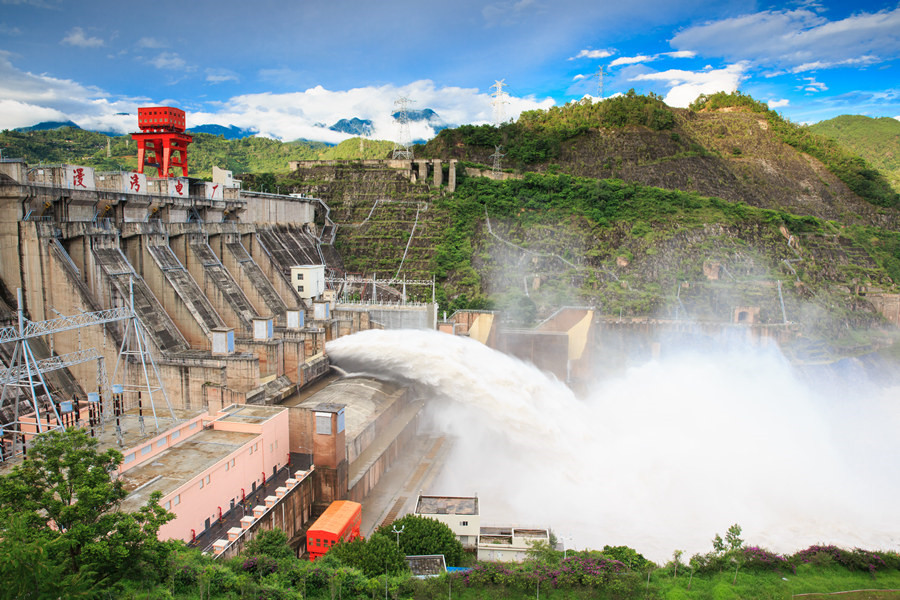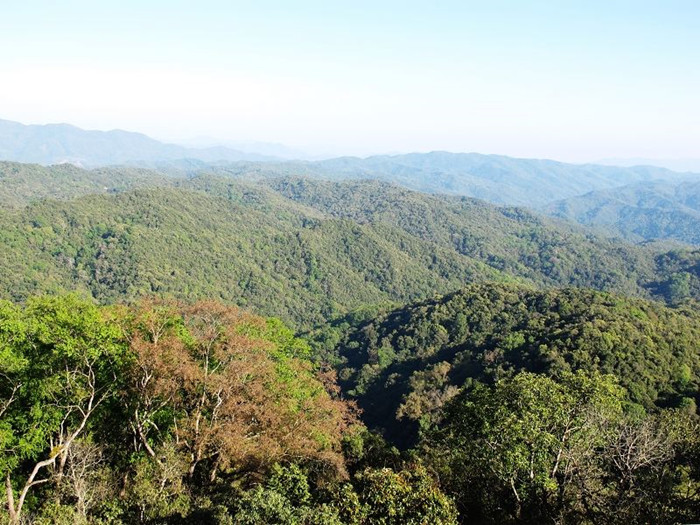Puer Geography
Location and Administrative Division
Geographic Location
Puer City is situated in the southwestern part of Yunnan Province, China, spanning between 22°02′N to 24°50′N latitude and 99°09′E to 102°19′E longitude. It borders Honghe Hani and Yi Autonomous Prefecture and Yuxi City to the east, Xishuangbanna Dai Autonomous Prefecture to the south, Lincang City to the northwest, and Dali Bai Autonomous Prefecture and Chuxiong Yi Autonomous Prefecture to the north. To the southeast, it shares borders with Vietnam and Laos, while Myanmar lies to the southwest. The city’s total border length is approximately 486 kilometers (303 kilometers with Myanmar, 116 kilometers with Laos, and 67 kilometers with Vietnam). Puer City extends 208.5 kilometers from north to south and ranges from 55 kilometers in the north to 299 kilometers in the south, covering an area of approximately 45,000 square kilometers , making it the largest city (prefecture) in Yunnan Province.

Terrain and Landforms
Geological and Topographical Features
Puer City is characterized by undulating mountains, with mountainous areas covering 98.3% of the entire region . Elevations range from 317 meters to 3370 meters above sea level, with the central urban area situated at an altitude of 1302 meters.
Climate
Puer City experiences five climate zones: Northern Tropical, Southern Subtropical, Central Subtropical, Northern Subtropical, and Temperate. Influenced by the subtropical monsoon climate, most areas in Puer City are frost-free year-round, with mild winters and no severe summer heat. It is renowned as the “Green Sea Pearl” and a “natural oxygen bar.” The city averages an annual temperature between 15°C to 20.3°C, with a frost-free period exceeding 315 days annually. Annual rainfall ranges from 1100 to 2780 millimeters, and negative oxygen ion levels are above seven levels. The Tropic of Cancer crosses the central part of Puer City, where vertical climate characteristics are significantly influenced by terrain and altitude. 
Natural Resources
Puer City, historically an important stop on the “Tea Horse Ancient Road,” is one of the major tea-producing areas in China. It boasts rich natural resources, earning it the reputation of “concealing gold and nurturing treasures.” Known reserves include 103.7 tons of gold, 20.3 billion tons of iron ore, 518,000 tons of nickel metal, 16.33 million tons of potash, and 134,000 tons of rare earth oxides.

Water Resources
Puer City has a hydroelectric potential of 15 million kilowatts, serving as a crucial base for the “Western Electricity to Eastern China” and “Yunnan Electricity Export” projects. [40] In 2022, the total water resources in Puer City amounted to 258.6 billion cubic meters. By the end of the year, the city had 774 completed reservoirs (ponds and dams), including 24 medium-sized reservoirs, 305 small reservoirs, and 445 ponds and dams. The total reservoir storage capacity at the end of the year was 606 million cubic meters, marking a 14.6% increase from the previous year. 
Plant Resources
Puer City has a forest coverage rate exceeding 74.59%, with tea plantations covering 3.307 million mu (approximately 550,000 acres). It is home to one national wetland park and three national forest parks, serving as a microcosm of Yunnan’s “Kingdom of Plants and Animals” and one of the most biodiverse regions in China. It is the largest oasis along the Tropic of Cancer, recognized by the United Nations Environment Programme as “heaven of the world, world of heaven.” The forestry land area in Puer City covers 46.56 million mu, making it a key forestry area in Yunnan Province and an important base for commercial timber and forest product industries.












